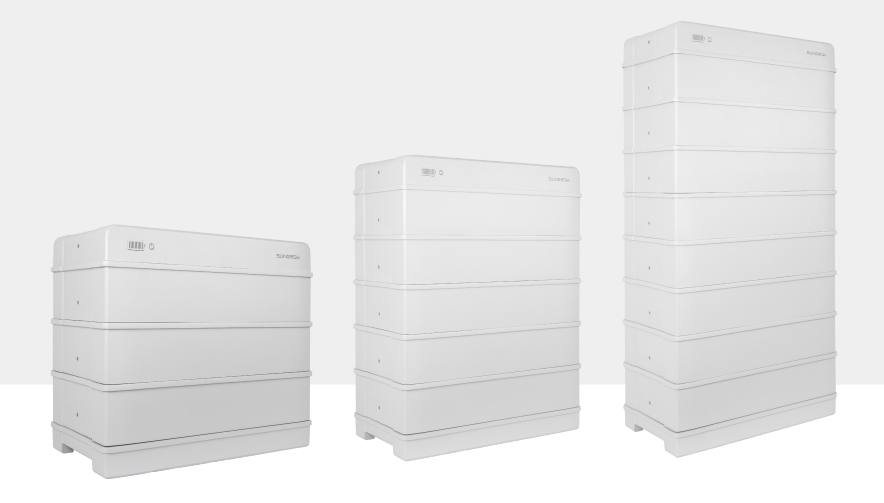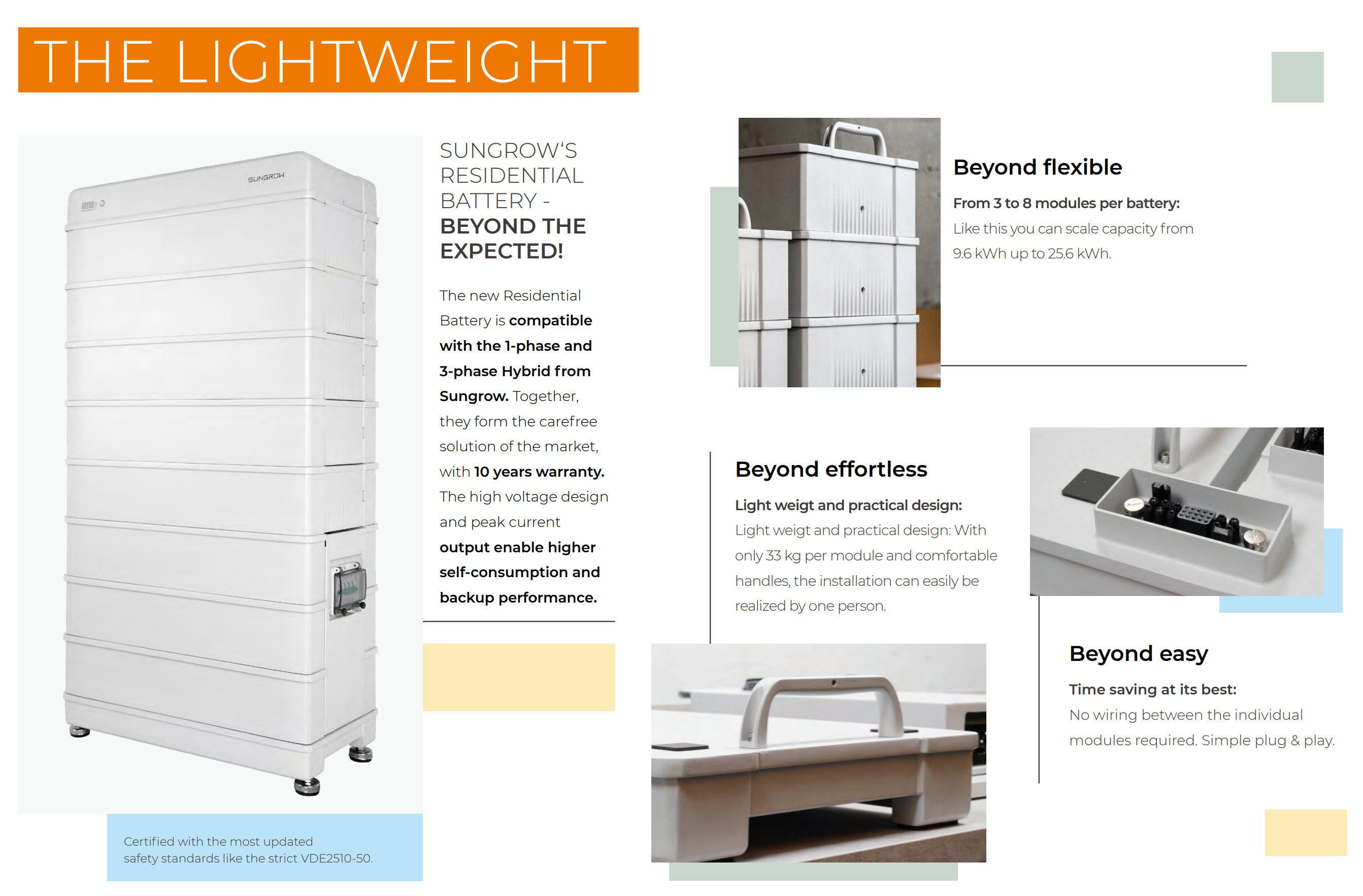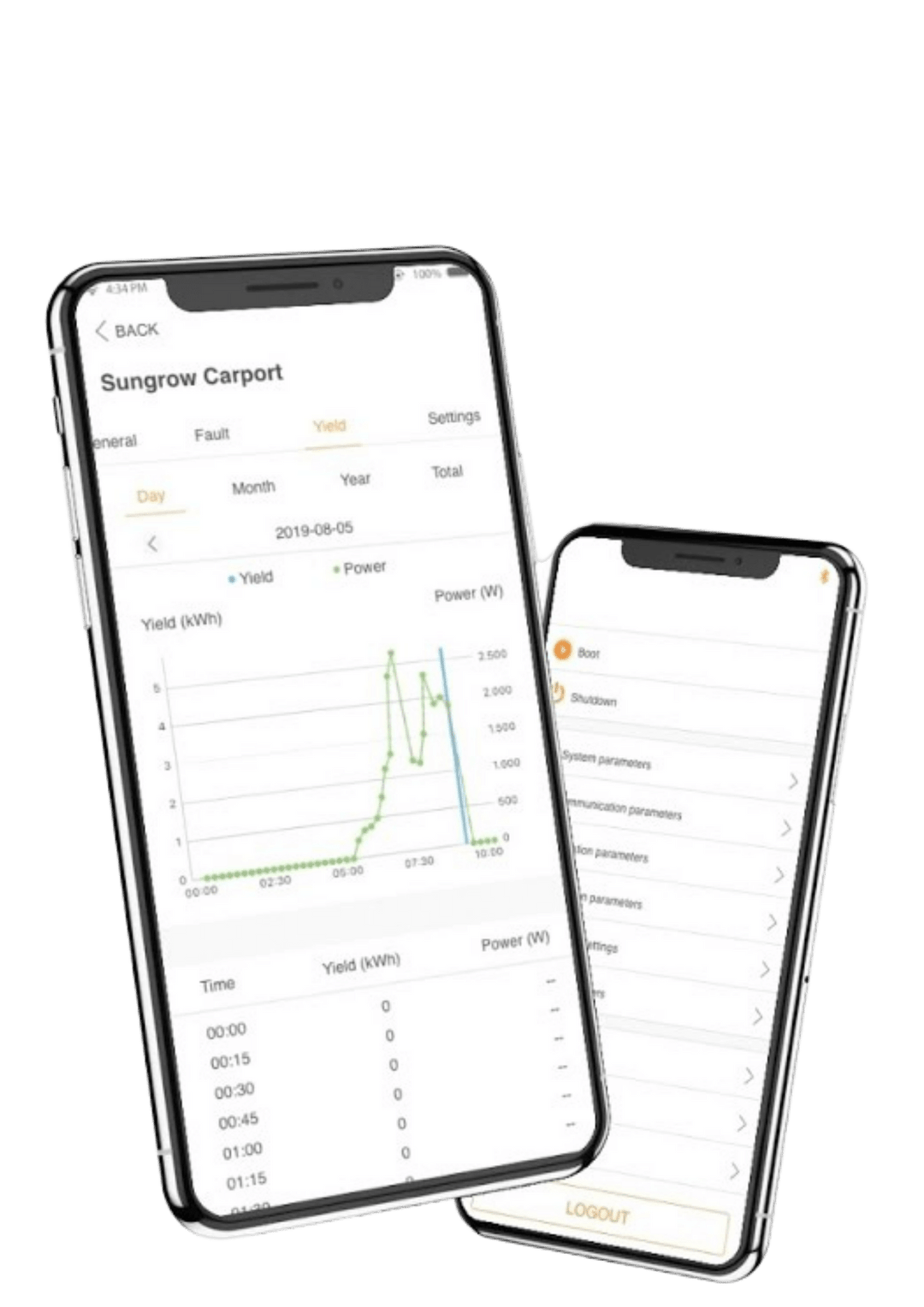
Secure end-of-financial year offer now!!



Currently, there are two federal government incentives in Australia for homeowners installing solar panels, which include Small-scale Technology Certificates and Feed-in Tariffs. Some of the states provides additional rebates when you install solar power on your home.
The most popular solar system sizes depend on your electricity usage. Here's a general guideline: